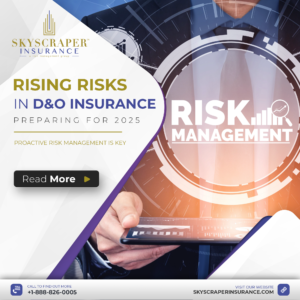A study from U.K.-based People’s Dispensary for Sick Animals revealed that pet parents dramatically underestimate the costs of owning a pet over a lifetime. The majority of pet owners surveyed said they believed lifetime expenses wouldn’t top $6,445 — a fraction of actual costs. According to the study, the approximate lifetime cost of owning a dog ranges from $27,074 to $42,545, and $21,917 to $30,942 for cats. The study accounted for everything from food and grooming to health and veterinarian expenses.
Pet insurance, however, can offer owners some protection when it comes to veterinarian bills for illnesses and accidents — and it can also come in handy during times of uncertainty.
MONEY recently evaluated pet insurance plans in the U.S. to find the best ones available. In their assessment, MONEY considered pricing, coverage options and additional benefits and spoke to veterinary doctors to gain an understanding of how insurance affects pets and owners.
“Most leading pet insurance companies give pet owners comprehensive coverage at an affordable monthly premium. The differences lie in the details and fine print,” writes Noel Dávila for MONEY. ”Shop around, do the research, and then make a well-informed decision about the insurance that is best suited to care for your pet and your pocket.”
Look through the slideshow above for MONEY’s picks for the best pet insurance of 2020, as well as the reasons why each plan stands out.
Pet preparedness
June is Pet Preparedness Month and highlights why pet parents should consider insurance as an extra layer of security during a time of crisis.
Ready.gov shares few tips on how pet parents can build an emergency kit to keep pets happy, safe, and comfortable during a natural disaster. Kits should include essential items such as:
- At least a three-day supply of food and water
- Medicines
- Medical records, proof of vaccinations, registration and adoption documents, and insurance information
- First aid kit (cotton bandage rolls, bandage tape and scissors, antibiotic ointment, flea and tick prevention, latex gloves, isopropyl alcohol, saline solution, and a pet first aid reference book)
- Collar or harness with ID tag, rabies tag, and a leash
- Crate or pet carrier
- Sanitation needs (litter box and litter, newspapers, paper towels, plastic trash bags, and household chlorine bleach)
- A picture of the pet and pet parent together to prove ownership
- Familiar items, such as treats, toys, and bedding




